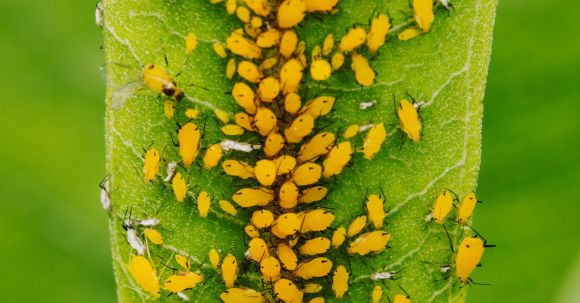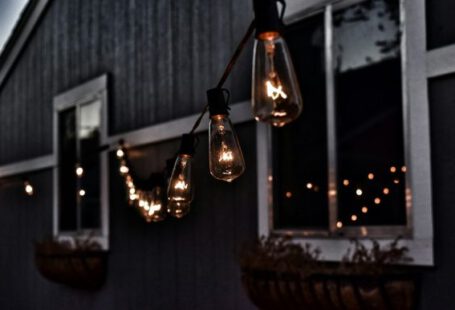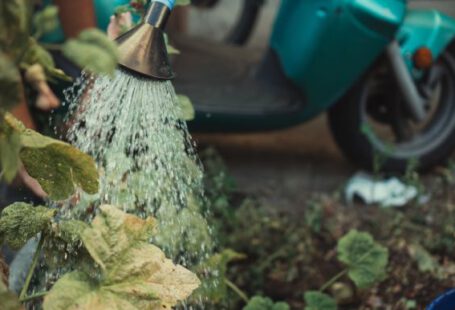Indoor plants can bring life and beauty into your home, but they can also attract unwanted guests in the form of pests. These pests can damage your plants, hinder their growth, and even spread diseases. It’s important to be proactive in dealing with indoor plant pests to ensure the health and vitality of your beloved greenery. In this article, we will explore some effective methods for dealing with indoor plant pests.
Identifying the Problem
The first step in dealing with indoor plant pests is identifying the problem. Different pests can cause different types of damage, so it’s crucial to understand what you’re dealing with. Some common indoor plant pests include aphids, mealybugs, spider mites, and fungus gnats. Each of these pests has its own distinct appearance and habits, so do some research or consult with a gardening expert to correctly identify the pest affecting your plants.
Natural Pest Control Methods
Once you’ve identified the pest, it’s time to take action. One of the most effective methods for dealing with indoor plant pests is using natural pest control methods. These methods are safe for both your plants and the environment. Here are a few natural pest control techniques you can try:
1. Neem oil: Neem oil is a natural insecticide that can be used to combat a wide range of pests. It works by disrupting the pests’ hormone system, preventing them from feeding and reproducing. Dilute neem oil with water and spray it on your plants, paying special attention to the undersides of leaves where pests tend to hide.
2. Insecticidal soap: Insecticidal soap is another natural pest control method that can be used to kill soft-bodied pests like aphids and mealybugs. Mix a solution of mild dish soap and water, and spray it on the affected plants. The soap will suffocate the pests, effectively eliminating them.
3. Sticky traps: Sticky traps are a simple but effective way to catch flying pests like fungus gnats. These traps are coated with a sticky substance that traps the pests when they come into contact with it. Place the traps near your plants to catch any flying pests and prevent them from further infesting your plants.
Preventing Future Infestations
While dealing with current pest problems is important, taking steps to prevent future infestations is equally crucial. Here are some preventive measures you can take to keep indoor plant pests at bay:
1. Maintain plant hygiene: Regularly inspect your plants for any signs of pests or diseases. Remove any dead leaves or flowers, as they can attract pests. Keep your plants clean by gently wiping the leaves with a damp cloth to remove dust and debris.
2. Quarantine new plants: Before introducing a new plant into your indoor garden, quarantine it for a few weeks to ensure it’s not carrying any pests. This will help prevent the spread of infestations to your other plants.
3. Provide proper care: Healthy plants are less susceptible to pests. Make sure your plants are getting the right amount of sunlight, water, and nutrients. Avoid overwatering, as this can create a damp environment that attracts pests.
In conclusion, dealing with indoor plant pests requires vigilance and action. By identifying the problem, using natural pest control methods, and taking preventive measures, you can keep your indoor plants healthy and pest-free. Remember, a little bit of effort goes a long way in maintaining the beauty and vitality of your indoor garden.





